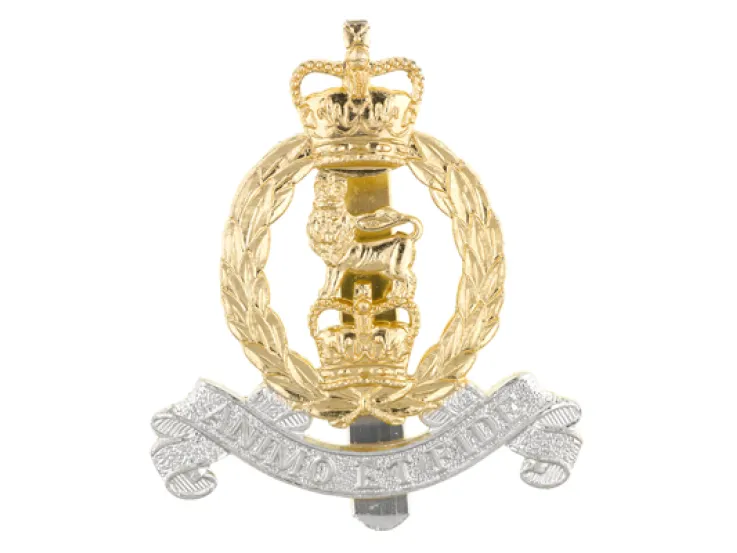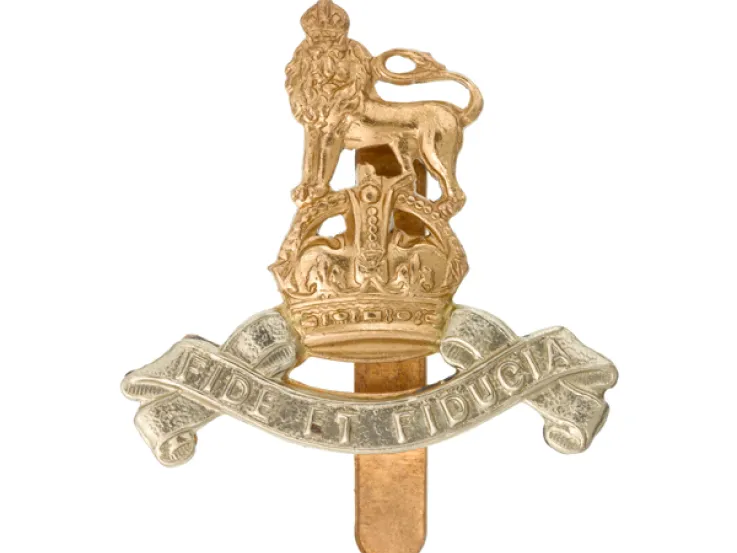
‘The Glasshouse’, Aldershot Military Prison, 1908
Origins
When the British Army was first established in the 1660s, military policing and punishment were overseen by a Provost Marshal. Soldiers sentenced to spend time in prison were generally incarcerated in civilian jails.
The first Army prisons were built in 1844, supervised by an Inspector General and manned by civilian warders. In 1895, a committee was set up to review staffing, diet and discipline within these prisons. One of its recommendations was that a dedicated corps should be formed within the Army to take over their administration.
The Military Prison Staff Corps was created in 1901. Five years later - now redesignated as the Military Provost Staff Corps (MPSC) - it implemented further reforms. Some Army prisons were renamed ‘Detention Barracks’ and prisoners became known as ‘Soldiers under Sentence’.;
This system remained in place until 1966, when the last military prison closed. After that, the MPSC continued to provide warders for Army detention and corrective training centres, and to advise on the detention of prisoners of war.
Prisons
The main MPSC prison was at Aldershot. Built in 1870, it was designed for 150 prisoners. By 1946, it housed over 400 men. It was nicknamed ‘the Glasshouse’ as it had a large glass lantern roof. The term 'glasshouse' later came to be used for all military prisons.
The MPSC served across the globe, wherever British soldiers were stationed. As a result, it was responsible for running prisons and detention barracks in Malta, Jamaica, Singapore, Gibraltar, Hong Kong, Tientsin, Shanghai, Cairo, Khartoum and Palestine.
Legacy
In 1992, the Military Provost Staff Corps became part of the Provost Branch within the newly formed Adjutant General’s Corps.
Each of the three organisations that form this branch - the Royal Military Police, the Military Provost Staff and the Military Provost Guard Service - retains its own identity and cap badge.
Regimental museums
The National Army Museum works with a network of Regimental and Corps Museums across the UK to help preserve and share the history and traditions of the Army and its soldiers.
Discover more about the Military Provost Staff Corps by visiting the Adjutant General's Corps Museum in Winchester.








